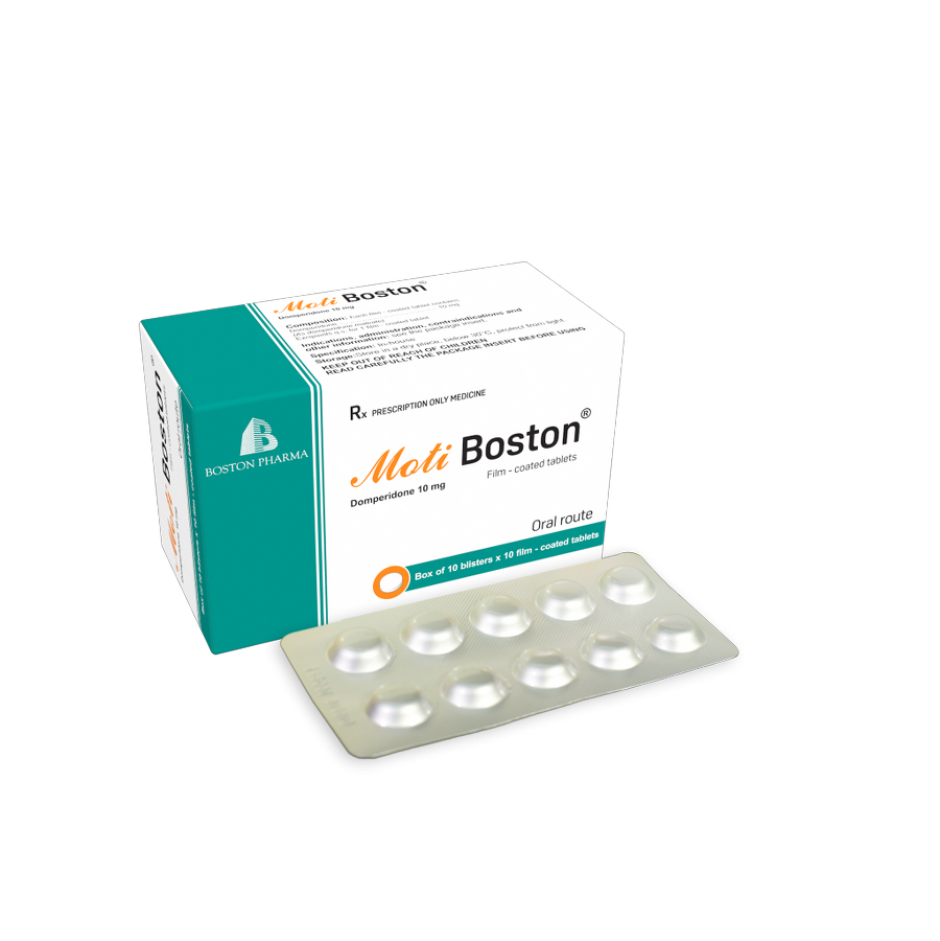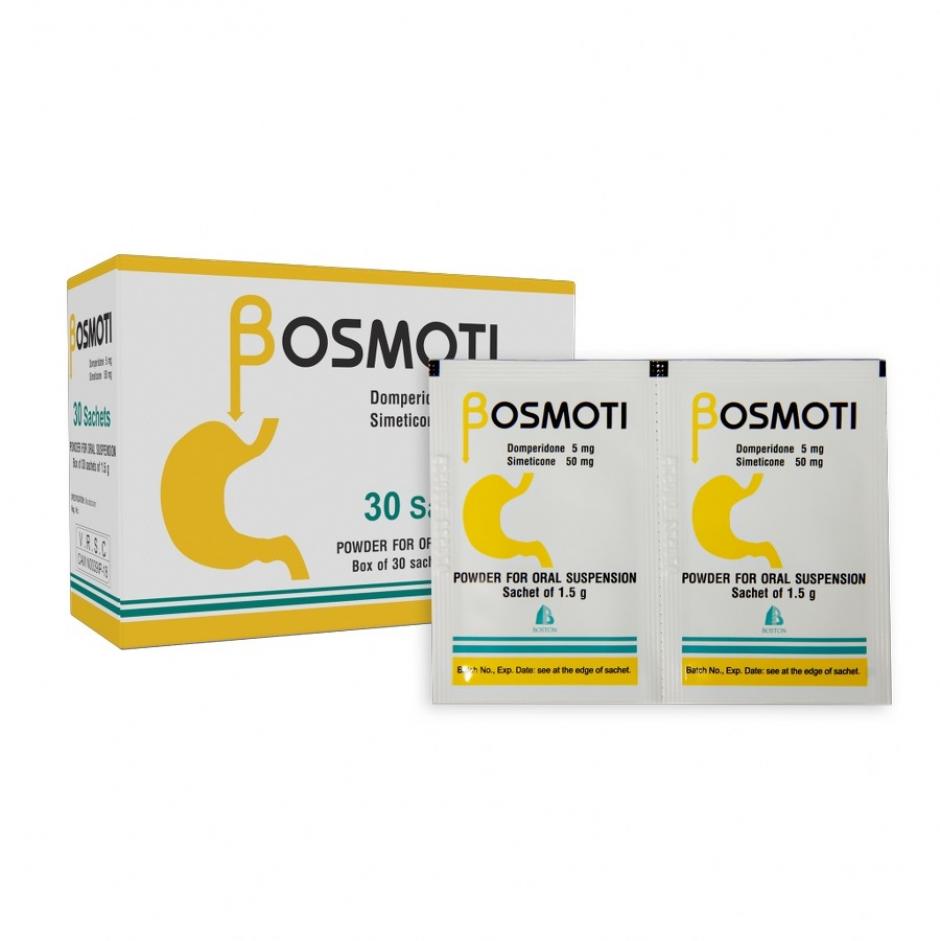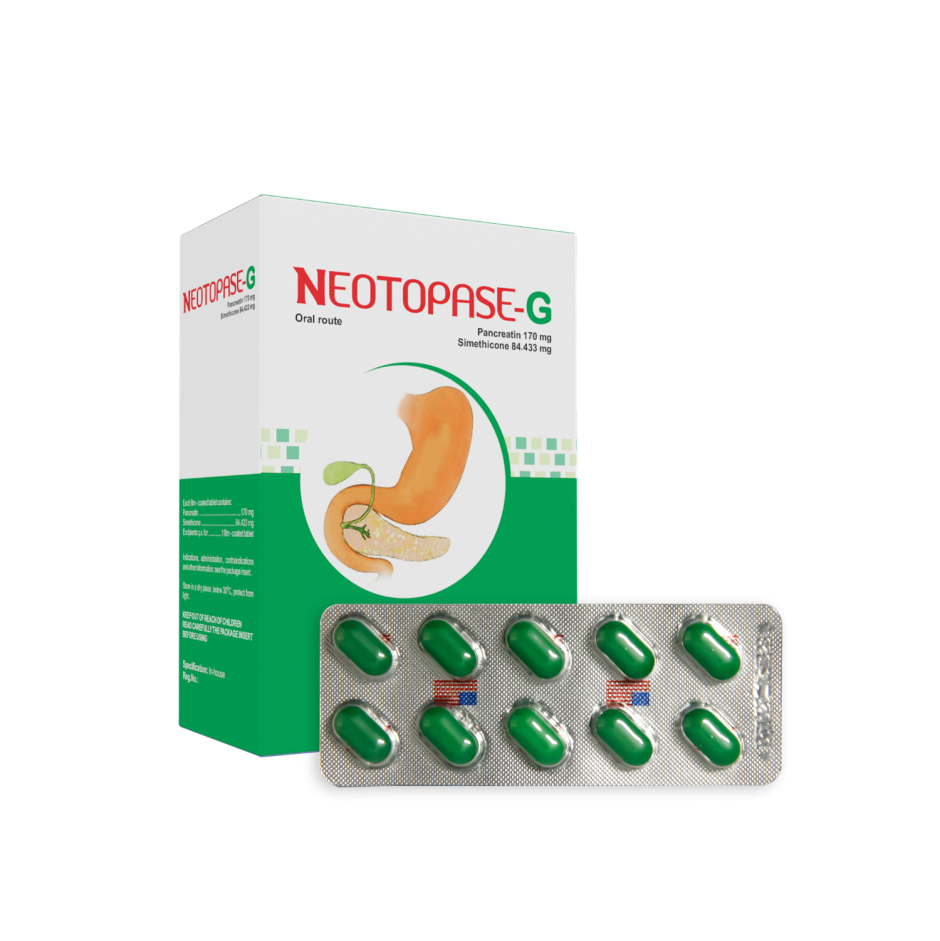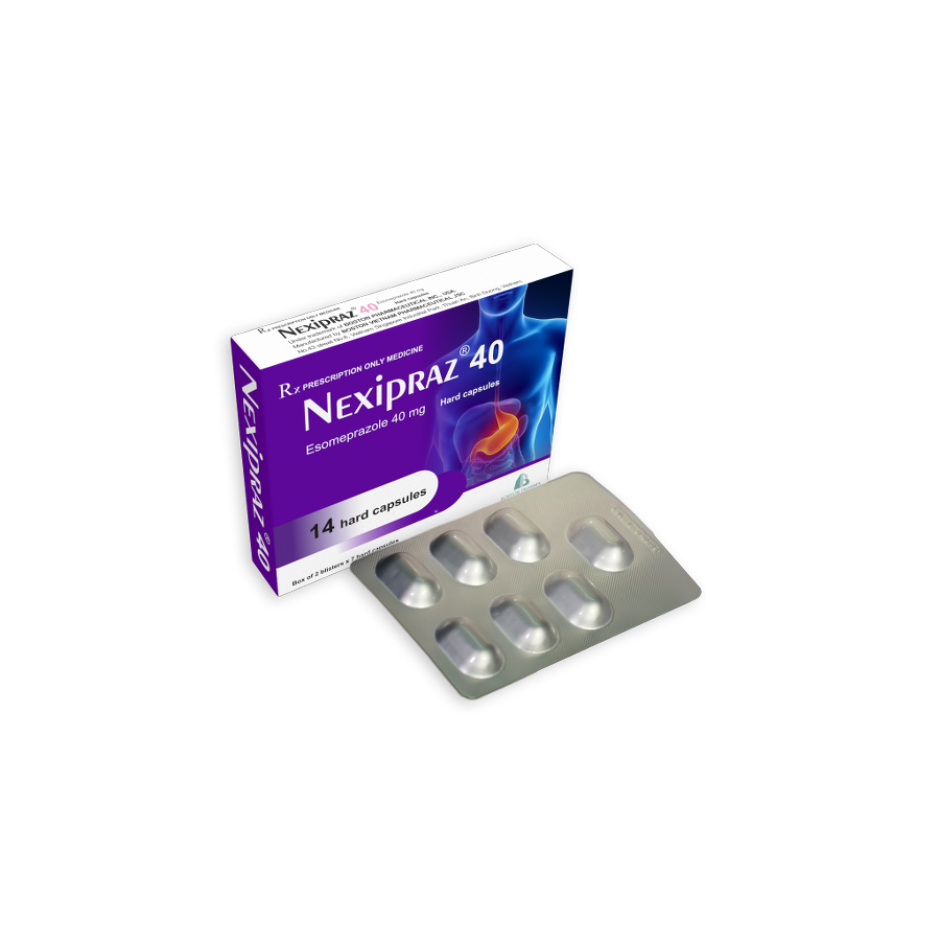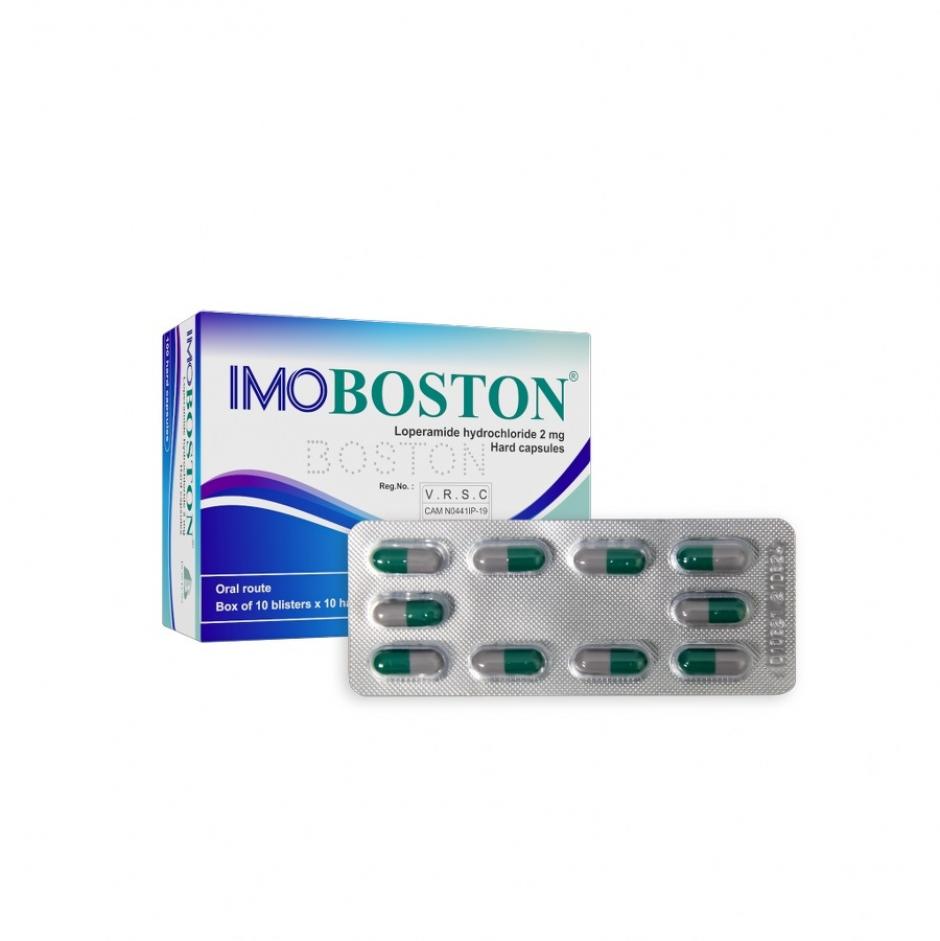DOSAGE
Reflux esophagitis:
The recommended dose is one tablet per day within 4 weeks. In individual cases the dose may increase to two tablets daily, especially when there has been no response to other treatment. A futher four weeks may be required for the treatment if this is not sufficient.
Eradication of H. pylori in combination with two appropriate antibiotic:
In H. pylori positive patients with gastric and duodenal ulcers, eradication of the germ by a combination therapy should be achieved. Considerations should be given to official local guidance (e.g. national recommendations) regarding bacterial resistance and the appropriate use and prescription of antibacterial agents. Depending upon the resistance pattern, the following combinations can be recommended for the eradication of H. pylori:
a) twice daily one Antaloc enteric-coated tablet
+ twice daily 1000 mg amoxycillin
+ twice daily 500 mg clarithromycin.
b) twice daily one Antaloc enteric-coated tablet
+ twice daily 500 mg metronidazole
+ twice daily 500 mg clarithromycin.
c) twice daily one Antaloc enteric-coated tablet
+ twice daily 1000 mg amoxicillin
+ twice daily 500 mg metronidazole.
In combination therapy for eradication of H. pylori infection, the second tablet should be taken one hour before the evening meal. The combination therapy is implemented for seven days in general and can be prolonged for a further seven days to a total duration of up to two weeks. If, to ensure healing of the ulcers, further treatment with pantoprazole is indicated, the dose recommendations for duodenal and gastric ulcers should be considered.
Gastric and duodenal ulcer:
One tablet per day. In individual cases the dose may be doubled (increase to two tablets daily) especially when there has been no response to other treatment.
A four week period is usually required for the treatment of gastric ulcers. If this is not sufficient, healing will usually be achieved within a further four weeks.
A two week period is usually required for the treatment of duodenal ulcers. If this is not sufficient, healing will usually be achieved within a further two weeks.
Zollinger-Ellison-Syndrome and other pathological hypersecretory conditions:
For the long-term management of Zollinger-Ellison-Syndrome and other pathological hypersecretory conditions, patients should start their treatment with a daily dose of two tablets. Thereafter, the dose can be titrated up or down as needed using measurements of gastric acid secretion to guide. With doses above two tablets daily, the dose should be divided and given twice daily. A temporary increase of the dose above 4 tablets is possible but should not be applied longer than required for adequate acid control.
Treatment duration in Zollinger-Ellison-Syndrome and other pathological hypersecretory conditions is not limited and should be adapted according to clinical needs.
Special populations
Paediatric
This product is not recomended for use in children below 12 years of age.
Renal and hepatic impairment
Dose adjustment is not needed in patients with impaired renal function.
This product is not recommended for use in patients with severe liver impairment.
Antaloc enteric-coated tablets must not be used in combination treatment for eradication of H. pylori in patients with moderate hepatic dysfunction and renal impairment since currently no data are available on the efficacy and safety of pantoprazole enteric-coated tablets in combination treatment of these patients.
Elderly
No dose adjustment is necessary in the elderly.
ADMINISTRATION
Antaloc enteric-coated tablets should not be chewed or crushed, and should be swallowed whole one hour before a meal with some water.
CONTRAINDICATIONS
Hypersensitivity to the active substance, substituted benzimidazoles, or to any of the other excipients or of the combination partners.
Co-administration with atazanavir.
WARNINGS AND PRECAUTIONS
Hepatic impairment
In patients with severe liver impairment, the liver enzymes should be monitored regularly during treatment with pantoprazole, particularly on long-term use. In the case of a rise in liver enzymes, the treatment should be discontinued.
Combination therapy
In the case of combination therapy, the summaries of product characteristics of the respective medicinal products should be observed.
In the presence of alarm symptoms
In the presence of any alarm symptom (e.g. significant unintentional weight loss, recurrent vomiting, dysphagia, haematemesis, anaemia or melaena) and when gastric ulcer is suspected or present, malignancy should be excluded, as treatment with pantoprazole may alleviate symptoms and delay diagnosis.
Further investigation is to be considered if symptoms persist despite adequate treatment.
Interference with laboratory tests
Increased CgA level may interfere with investigations for neuroendocrine tumours. To avoid this interference, pantoprazole treatment should be stopped for at least 5 days before CgA measurements. If CgA and gastrin levels have not returned to reference range after initial measurement, measurements should be repeated 14 days after cessation of PPI treatment.
Long term treatment
In long-term treatment, especially when exceeding a treatment period of one year, patients should be kept under regular surveillance.
Risk of fracture
Proton pump inhibitors, especially if used in high doses and over long durations (>1 year), may modestly increase the risk of hip, wrist and spine fracture, predominantly in the elderly or in presence of other recognized risk factors. Observational studies suggest that PPIs may increase the overall risk of fracture by 10–40%. Some of this increase may be due to other risk factors. Patients at risk of osteoporosis should receive care according to current clinical guidelines and they should have an adequate intake of vitamin D and calcium.
Gastrointestinal infections caused by bacteria
Pantoprazole, like all PPIs, might be expected to increase the counts of bacteria normally present in the upper gastrointestinal tract. Treatment with pantoprazole may lead to a slightly increased risk of gastrointestinal infections caused by bacteria such as Salmonella and Campylobacter.
Hypomagnesaemia
Severe hypomagnesaemia has been reported in patients treated with PPIs like pantoprazole for at least three months, and in most cases for a year. Serious manifestations of hypomagnesaemia such as fatigue, tetany, delirium, convulsions, dizziness and ventricular arrhythmia can occur but they may begin insidiously and be overlooked. In most affected patients, hypomagnesaemia improved after magnesium replacement and discontinuation of the PPI.
For patients expected to be on prolonged treatment or who take PPIs with digoxin or drugs that may cause hypomagnesaemia (e.g. diuretics), health care professionals should consider measuring magnesium levels before starting PPI treatment and periodically during treatment.
Co-administration with atazanavir
Co-administration with atazanavir with PPIs is not recommended. If the combination of atazanavir with a PPI is judged unavoidable, close clinical monitoring (e.g. virus load) is recommended in combination with an increase in the dose of atazanavir to 400 mg with 100 mg of ritonavir. A pantoprazole dose of 20 mg per day should not be exceeded. Therefore, concomitant use this product with atazanavir is contraindicated.
Influence on vitamin B12 absorption
Pantoprazole, as all acid blocking medicines, may reduce the absorption of vitamin B12 (cyanocobalamin) due to hypo- or a- chlorhydria. This should be considered in patients with reduced body stores or risk factors for reduced vitamin B12 absorption on longterm therapy or if respective clinical symptoms are observed.
Subacute cutaneous lupus erythematosus (SCLE)
Proton pump inhibitors are associated with very infrequent cases of SCLE. If lesions occur, especially in sun-exposed areas of the skin, and if accompanied by arthralgia, the patient should seek medical help promptly and the health care professional should consider stopping pantoprazole. SCLE after previous treatment with a PPI may increase the risk of SCLE with other PPIs.
INTERACTIONS
Active substances with pH dependent absorption
Because of profound and long lasting inhibition of gastric acid secretion, pantoprazole may reduce the absorption of drugs with a gastric pH dependent bioavailability, e.g. some azole antifungals such as ketoconazole, itraconazole, posaconazole and other medicines such as erlotinib.
HIV medications (atazanavir)
Co-administration of atazanavir and other HIV medications whose absorption is pH-dependent with PPIs might result in a substantial reduction in the bioavailability of these HIV medications and might impact the efficacy of these medicines. Therefore, the co-administration of PPIs with atazanavir is not recommended.
Coumarin anticoagulants (phenprocoumon or warfarin)
Although no interaction during concomitant administration of phenprocoumon or warfarin has been observed in clinical pharmacokinetic studies, a few isolated cases of changes in International Normalized Ratio (INR) have been reported during concomitant treatment in the post-marketing period. Therefore, in patients treated with coumarin anticoagulants (e.g. phenprocoumon or warfarin), monitoring of prothrombin time/INR is recommended after initiation, termination or during irregular use of pantoprazole.
Methotrexate
Concomitant use of high dose methotrexate (e.g. 300 mg) and PPIs has been reported to increase methotrexate levels in some patients. In settings where high-dose methotrexate is used, for example cancer and psoriasis, a temporary withdrawal of pantoprazole may need to be considered.
Other interaction studies
Pantoprazole is metabolized in the liver via the cytochrome P450 enzyme system. Interaction studies with carbamazepine, caffeine, diazepam, diclofenac, digoxin, ethanol, glibenclamide, metoprolol, naproxen, nifedipine, phenytoin, piroxicam, theophylline and an oral contraceptive containing levonorgestrel and ethinyl estradiol did not reveal clinically significant interactions. However, an interaction of pantoprazole with other substances which are metabolized by the same enzyme system cannot be excluded.
There were no interactions with concomitantly administered antacids.
Interaction studies have also been performed administering pantoprazole concomitantly with the respective antibiotics (clarithromycin, metronidazole, amoxicillin). No clinically relevant interactions were found.
PREGNANCY AND LACTATION
Pregnancy
There are no adequate data from the use of pantoprazole in pregnant women. Studies in animals have shown reproductive toxicity. The potential risk for humans is unknown. Pantoprazole should not be used during pregnancy unless clearly necessary.
Lactation
Animal studies have shown excretion of pantoprazole in breast milk. Excretion into human milk has been reported. Therefore a decision on whether to continue/discontinue breast-feeding or to continue/discontinue therapy with pantoprazole should be made taking into account the benefit of breast-feeding to the child and the benefit of pantoprazole therapy to women.
EFFECTS ON ABILITY TO DRIVE AND USE MACHINES
Pantoprazole has no or negligible influence on the ability to drive and use machines. However, adverse drug reactions such as dizziness and visual disturbances may occur. If affected, patients should not drive or operate machines.
Undesirable Effects
Approximately 5% of patients can be expected to experience adverse drug reactions (ADRs). The most commonly reported ADRs are diarrhea and headache, both occurring in approximately 1% of patients.
The table below lists adverse reactions reported with pantoprazole, ranked under the following frequency classification:
Very common (≥1/10); common (≥1/100 to <1/10); uncommon (≥1/1,000 to <1/100); rare (≥1/10,000 to <1/1,000); very rare (<1/10,000), not known (cannot be estimated from the available data).
For all adverse reactions reported from post-marketing experience, it is not possible to apply any Adverse Reaction frequency and therefore they are mentioned with a “not known” frequency.
Within each frequency grouping, adverse reactions are presented in order of decreasing seriousness.
|
System Organ Class
|
Undersirable effects
|
|
Blood and lymphatic system disorders
|
Rare: Agranulocytosis
|
|
Very rare: Thrombocytopenia, leukopenia, pancytopenia.
|
|
Immune system disorders
|
Rare: Hypersensitivity (including anaphylactic reactions and anaphylactic shock).
|
|
Metabolism and nutrition disorders
|
Rare: Hyperlipidaemias and lipid increases (triglycerid, cholesterol), weight changes.
|
|
Not known: Hyponatremia, hypomagnesaemia.
|
|
Psychiatric disorders
|
Uncommon: Sleep disorders.
|
|
Rare: Depression (and all aggravations).
|
|
Very rare: Disorientation (and all aggravations).
|
|
Not known: Hallucination, confusion (especially in predisposed patients, as well as the aggravation of these symptoms in case of pre-existence).
|
|
Nervous system disorders
|
Uncommon: Headache, dizziness.
|
|
Rare: Taste disorders.
|
|
Eye disorders
|
Rare: Visual disturbance.
|
|
Gastrointestinal disorders
|
Uncommon: Abdominal distension and bloating, constipation, diarrhea, dry mouth, abdominal pain and discomfort, nausea/vomiting.
|
|
Hepatobiliary disorders
|
Uncommon: Liver enzymes increased (transaminases, γ-GT).
|
|
Rare: Bilirubin increased.
|
|
Not known: Hepatocellular injury or failure, jaundice.
|
|
Skin and subcutaneous tissue disorders
|
Uncommon: Rash/exanthema/eruption, pruritus.
|
|
Rare: Urticaria, angioedema.
|
|
Not known: Stevens-Johnson syndrome, Lyell syndrome, erythema multiforme, photosensitivity, subacute cutaneous lupus erythematosus.
|
|
Musculoskeletal and connective tissue disorders
|
Uncommon: Fracture of the hip, wrist or spine.
|
|
Rare: Arthralgia, myalgia.
|
|
Renal and urinary disorders
|
Not known: Interstitial nephritis.
|
|
Reproductive system and breast disorders
|
Rare: Gynaecomastia.
|
|
General disorders and administration site conditions
|
Uncommon: Asthenia, fatigue and malaise.
|
|
Rare: Body temperature increased, edema peripheral.
|
OVERDOSE AND TREATMENT
There are no known symptoms of overdose in man.
As pantoprazole is extensively protein bound, it is not readily dialysable.
In the case of overdose with clinical signs of intoxication, apart from symptomatic and supportive treatment, no specific therapeutic recommendations can be made.
STORAGE CONDITION
In a dry place, below 30°C, protect from light.
SHELF-LIFE
36 months from the manufacturing date. Do not use after the expiry date.



_AF_ANTALOC_900x900.png)
_Antaloc_900x900.jpg)
